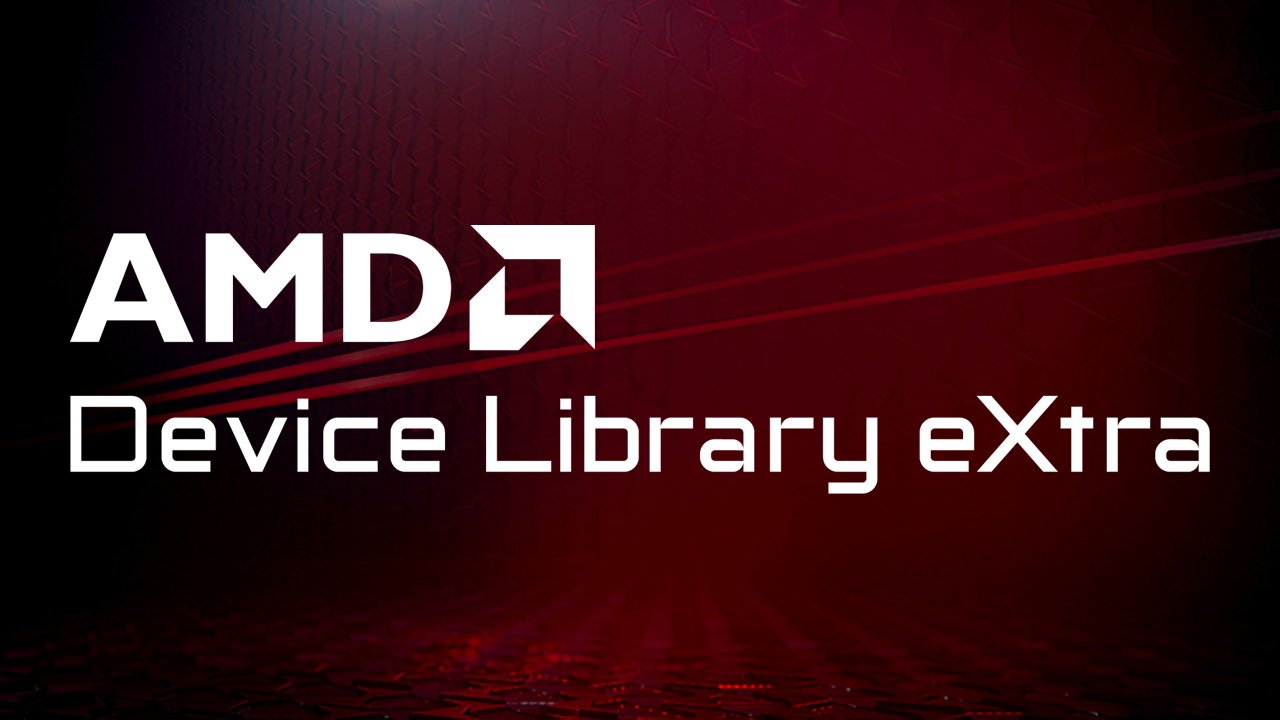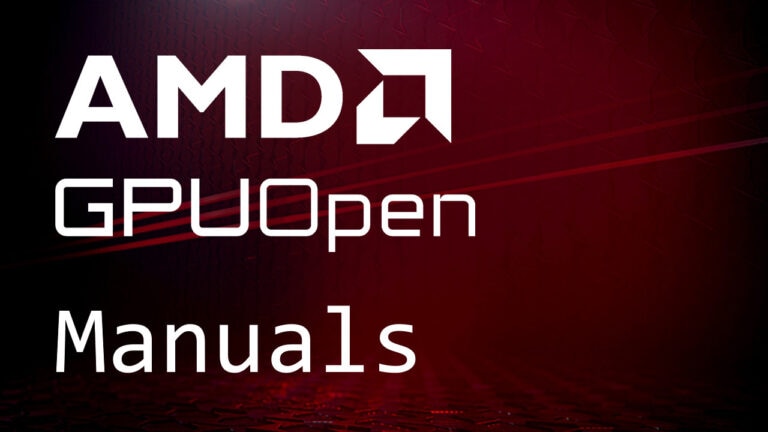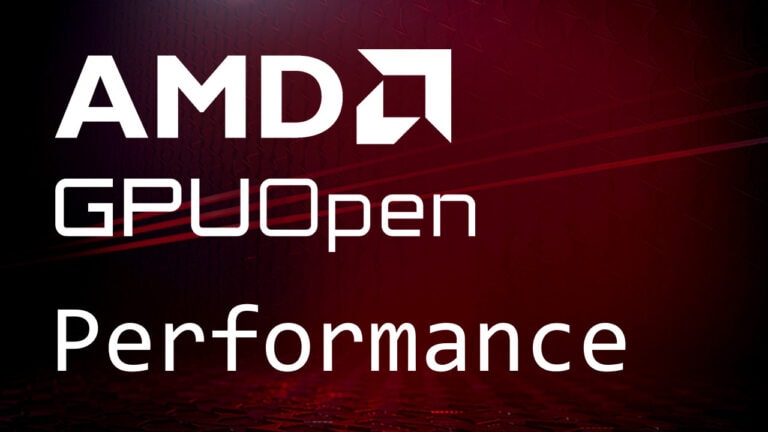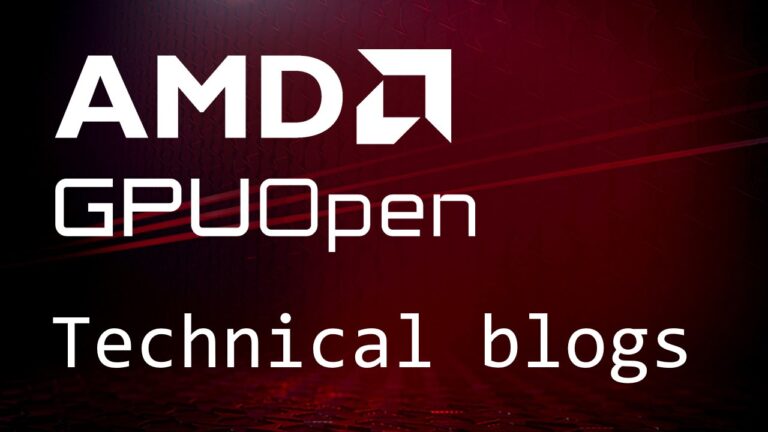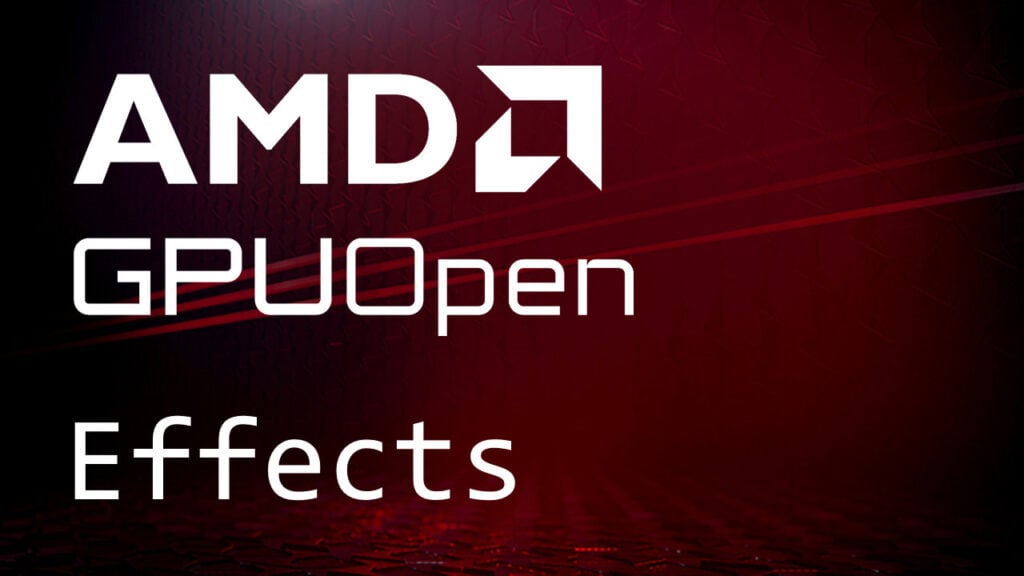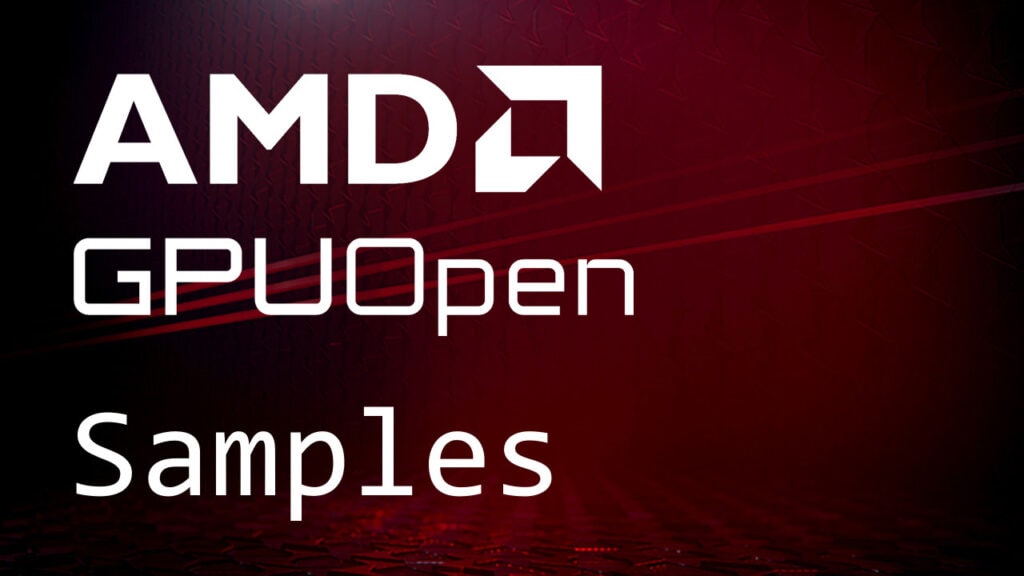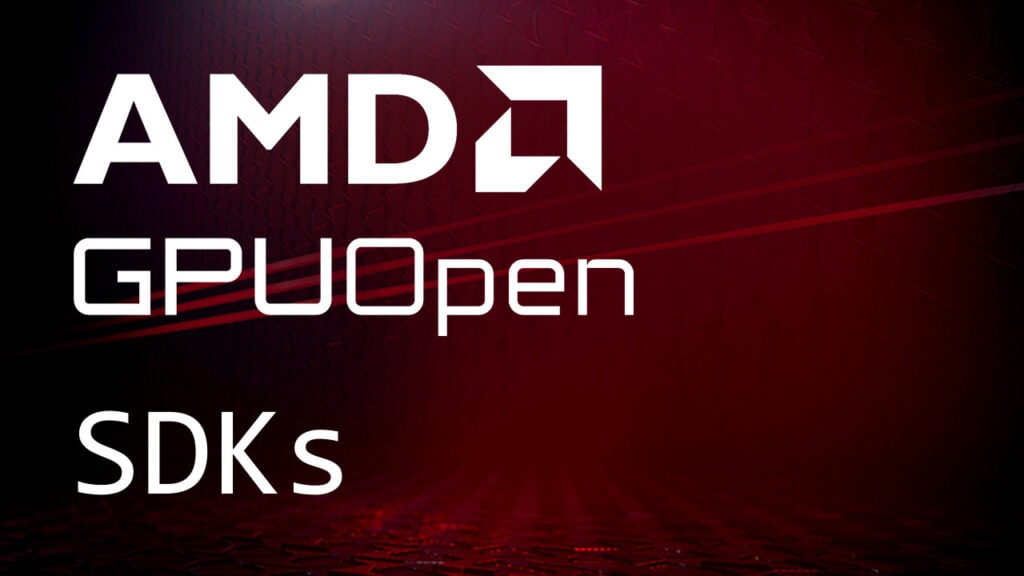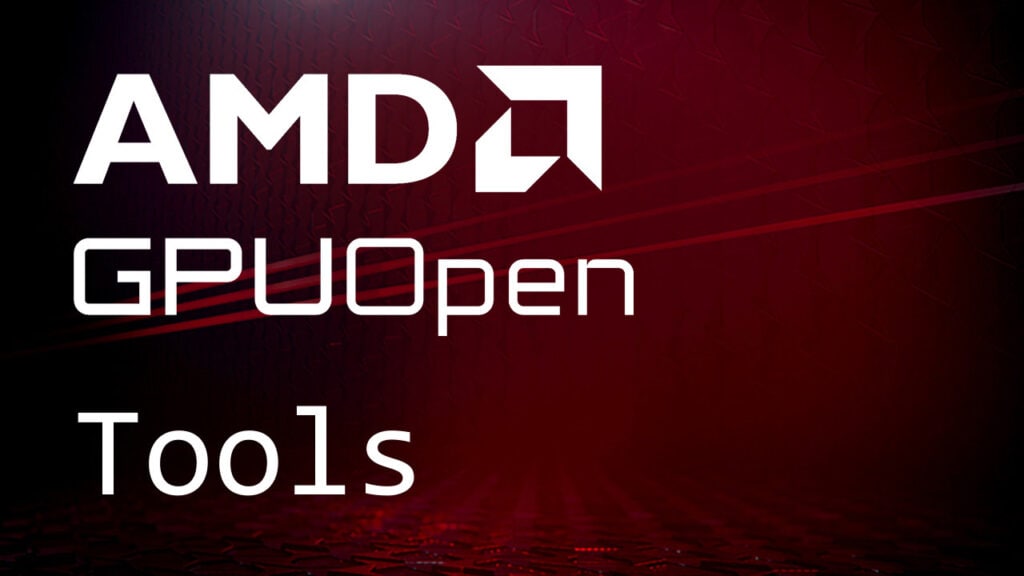MorphologicAntiAliasing
Demonstrates how to access morphological anti-aliasing options, and perform related testing when programming with ADLX.
Command Prompts
| Command Prompt | Description |
|---|---|
| 1 | Display morphological anti-aliasing support |
| 2 | Get current morphological anti-aliasing state of the GPU |
| 3 | Enable morphological anti-aliasing |
| 4 | Disable morphological anti-aliasing |
| M/m | Display the main menu |
| Q/q | Quit the application |
Sample Path
/Samples/CPP/3DGraphics/MorphologicAntiAliasing
Code
//
// Copyright (c) 2021 - 2025 Advanced Micro Devices, Inc. All rights reserved.
//
//-------------------------------------------------------------------------------------------------
#include "SDK/ADLXHelper/Windows/Cpp/ADLXHelper.h"
#include "SDK/Include/I3DSettings.h"
#include <iostream>
#include <string>
// Use ADLX namespace
using namespace adlx;
// ADLXHelper instance
// No outstanding interfaces from ADLX must exist when ADLX is destroyed.
// Use global variables to ensure validity of the interface.
static ADLXHelper g_ADLXHelp;
// Display morphological anti-aliasing support
void ShowSupport(const IADLX3DMorphologicalAntiAliasingPtr& mAntiAliasing);
// Get current morphological anti-aliasing state of the GPU
void GetState(const IADLX3DMorphologicalAntiAliasingPtr& mAntiAliasing);
// Set morphological anti-aliasing state
void SetState(const IADLX3DMorphologicalAntiAliasingPtr& mAntiAliasing, int index);
// Menu
void MainMenu();
// Menu control
void MenuControl(const IADLX3DMorphologicalAntiAliasingPtr& mAntiAliasing);
// Wait for exit with error message
int WaitAndExit(const char* msg, const int retCode);
int main()
{
// Define return code
ADLX_RESULT res = ADLX_FAIL ;
// Initialize ADLX
res = g_ADLXHelp.Initialize();
if (ADLX_SUCCEEDED (res))
{
// Get GPUs
IADLXGPUListPtr gpus;
res = g_ADLXHelp.GetSystemServices()->GetGPUs(&gpus);
if (ADLX_SUCCEEDED (res) && !gpus->Empty())
{
// Get 3DSettings service
IADLX3DSettingsServicesPtr d3dSettingSrv;
res = g_ADLXHelp.GetSystemServices()->Get3DSettingsServices(&d3dSettingSrv);
if (ADLX_SUCCEEDED (res))
{
// Get GPU interface
IADLXGPUPtr gpuInfo;
adlx_uint index = 0;
res = gpus->At(index, &gpuInfo);
if (ADLX_SUCCEEDED (res))
{
// Get MorphologicAntiAliasing interface
IADLX3DMorphologicalAntiAliasingPtr mAntiAliasing;
res = d3dSettingSrv->GetMorphologicalAntiAliasing(gpuInfo, &mAntiAliasing);
if (ADLX_SUCCEEDED (res))
{
MainMenu();
MenuControl(mAntiAliasing);
}
}
}
else
{
std::cout << "Failed to get the 3DSettings Services" << std::endl;
}
}
else
{
std::cout << "Failed to get the GPU" << std::endl;
}
}
else
{
return WaitAndExit("ADLX initialization failed", 0);
}
// Destroy ADLX
res = g_ADLXHelp.Terminate();
std::cout << "Destroy ADLX res: " << res << std::endl;
// Pause to see the printout
system("pause");
return 0;
}
void ShowSupport(const IADLX3DMorphologicalAntiAliasingPtr& mAntiAliasing)
{
adlx_bool supported = false;
ADLX_RESULT res = mAntiAliasing->IsSupported(&supported);
std::cout << "\\tIsSupported: " << supported << ", return code is: " << res << "(0 means success)" << std::endl;
}
void GetState(const IADLX3DMorphologicalAntiAliasingPtr& mAntiAliasing)
{
adlx_bool enabled = false;
ADLX_RESULT res = mAntiAliasing->IsEnabled(&enabled);
std::cout << "\\tIsEnabled: " << enabled << ", return code is: " << res << "(0 means success)" << std::endl;
}
void SetState(const IADLX3DMorphologicalAntiAliasingPtr& mAntiAliasing, int index)
{
ADLX_RESULT res = mAntiAliasing->SetEnabled(index == 0);
std::cout << "\\tReturn code is: " << res << "(0 means success)" << std::endl;
}
int WaitAndExit(const char* msg, const int retCode)
{
// Printout the message and pause to see it before returning the desired code
if (nullptr != msg)
std::cout << msg << std::endl;
system("pause");
return retCode;
}
void MainMenu()
{
std::cout << "\\tChoose from the following options:" << std::endl;
std::cout << "\\t->Press 1 to display morphological anti-aliasing support" << std::endl;
std::cout << "\\t->Press 2 to get current morphological anti-aliasing state of the GPU" << std::endl;
std::cout << "\\t->Press 3 to enable morphological anti-aliasing" << std::endl;
std::cout << "\\t->Press 4 to disable morphological anti-aliasing" << std::endl;
std::cout << "\\t->Press Q/q to quit the application" << std::endl;
std::cout << "\\t->Press M/m to display menu options" << std::endl;
}
void MenuControl(const IADLX3DMorphologicalAntiAliasingPtr& mAntiAliasing)
{
int num = 0;
while ((num = getchar()) != 'q' && num != 'Q')
{
switch (num)
{
// Display morphological anti-aliasing support
case '1':
ShowSupport(mAntiAliasing);
break;
// Get and display current morphological anti-aliasing state of the GPU
case '2':
GetState(mAntiAliasing);
break;
// Set morphological anti-aliasing state
case '3':
case '4':
SetState(mAntiAliasing, num - '3');
break;
// Display menu options
case 'm':
case 'M':
MainMenu();
break;
default:
break;
}
}
}


